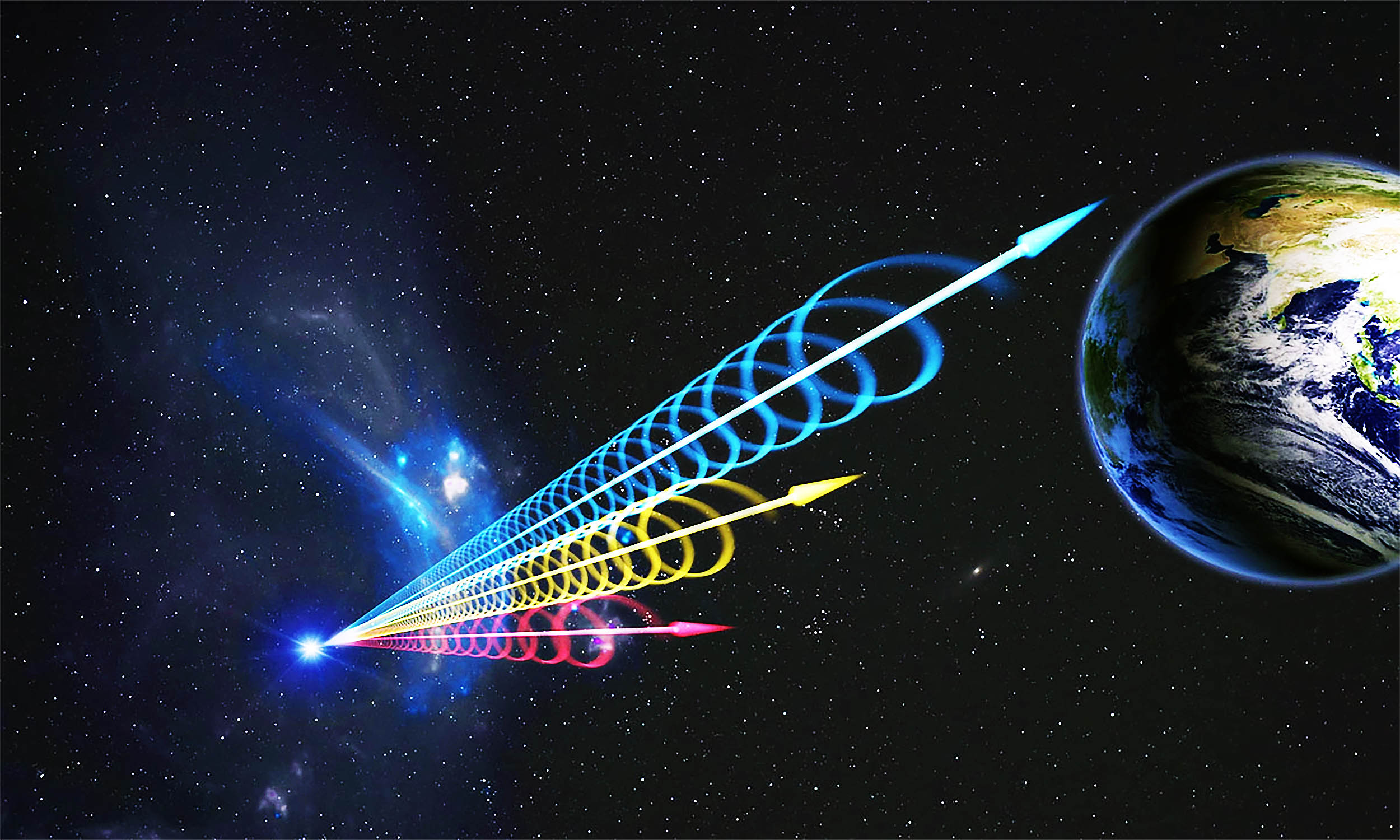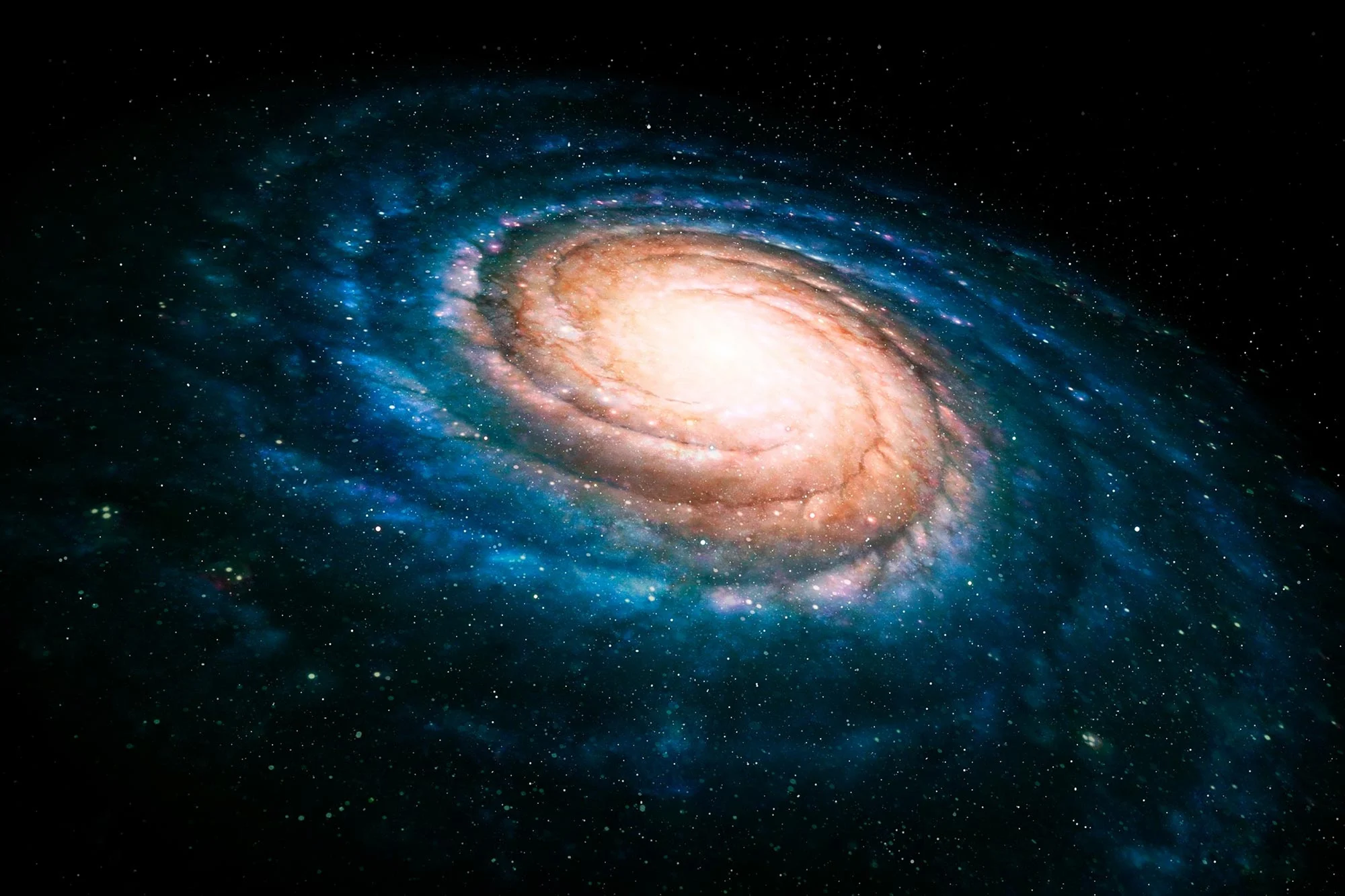The James Webb Space Telescope (JWST) discovered over 1,000 disk galaxies, 10 times more than expected, dating back more than 10 billion years…

The James Webb Space Telescope (JWST) has made a groundbreaking discovery by detecting over 1,000 galaxies with structures similar to the Milky Way, hidden deep in the early universe. These galaxies, characterized by their spiral arms and disk shapes, date back more than 10 billion years, a time when astronomers believed such structures were incredibly rare. The findings, published in The Astrophysical Journal, challenge long-standing theories about galaxy formation during this tumultuous era.
Traditionally, astronomers thought that the early universe—crowded with dwarf galaxies—underwent a chaotic period of galactic mergers. This cosmic chaos would have likely distorted fragile disk galaxies into irregular shapes. Yet, the JWST’s observations suggest otherwise, revealing that disk galaxies are actually ten times more common than previously estimated during this early phase of the universe.
Rewriting the Timeline of Galaxy Formation
The study’s lead author, Leonardo Ferreira, an astronomer at the University of Victoria in Canada, emphasized the significance of this discovery. “For over 30 years, it was thought that these disk galaxies were rare in the early universe due to the common violent encounters that galaxies undergo,” Ferreira noted. The new insights from the JWST indicate that galaxy structures formed much earlier than expected, suggesting that the universe’s early history may have been more stable than previously believed.
Previous theories posited that large galaxies like the Milky Way took shape through a process that started around 1 to 2 billion years after the universe’s inception. According to this model, small clusters of stars first formed dwarf galaxies, which then merged violently over billions of years, leading to larger galaxies. However, the JWST’s observations of 1,672 disk galaxies, many existing when the universe was merely a few billion years old, contradict this idea.
Christopher Conselice, a professor of extragalactic astronomy at the University of Manchester and a co-author of the study, remarked on the shift in perspective that this discovery brings. “Using the Hubble Space Telescope, we thought that disk galaxies were almost non-existent until the universe was about 6 billion years old,” he explained. The JWST’s findings now suggest that such galaxies began forming much closer to the universe’s origin, prompting scientists to reconsider their understanding of galaxy evolution.
Understanding Life’s Origins
The findings also have intriguing implications for the potential origins of life. The Milky Way, a disk galaxy with its characteristic spiral arms, has long been thought to provide favorable conditions for the emergence of life. The discovery of similar galaxies from the universe’s early days raises the possibility that the right conditions for life could have existed much sooner than previously thought.
As most stars form within these disk galaxies, this discovery shifts our understanding of where and when star formation occurred throughout cosmic history. The unexpected abundance of these early disk galaxies suggests that the universe might have had regions of stability earlier on, creating environments where stars—and potentially life—could thrive.





String theory, we’re seeing our own galaxy through warped space time. Probably at various stages of our own galaxies existence.
It’s other versions of us
Imagine if it’s our universe but from the pass, thus sparking the next step into time traveling.
Is it possible that time moves either slower or faster in different parts of the Universe.. that would explain some of JWST’s observations. It seems with our current technology, we have only grasped a teaspoon out of the entire ocean of the universe. We should not be so confident of the present knowledge that we have and believe them to be unshakeable and true.
What is the possibility that we just saw our own galaxy in the past… 10 billion light years observed distant object could be our own galaxy..?
Heraclitus, around 500 BCE, noted that reality is in a constant state of change. He is famous for noting that “you can’t step into the same river twice. In fact, you can’t do it once because reality is in a constant state of flux.”
With these discoveries,I am starting to think that we may be living in a ‘new’ universe surrounded by an older universe.L
What is really gonna blow your minds is there could be a galaxy much like ours that has their own deep space telescope called Enrico Caruso Space Telescope pointed back at us.
So many more intergalactic members of alien species we can never meet due to the vast distances between us. Even if some of these have faded into the oblivion of time, (due to the vast distances, we are seeing their light from billions of years ago) that means there is the potential for trillions of possible civilizations existing, having existed or potentially will still exist over the length of the Light Age of the Universe.
What a magnificent thought.